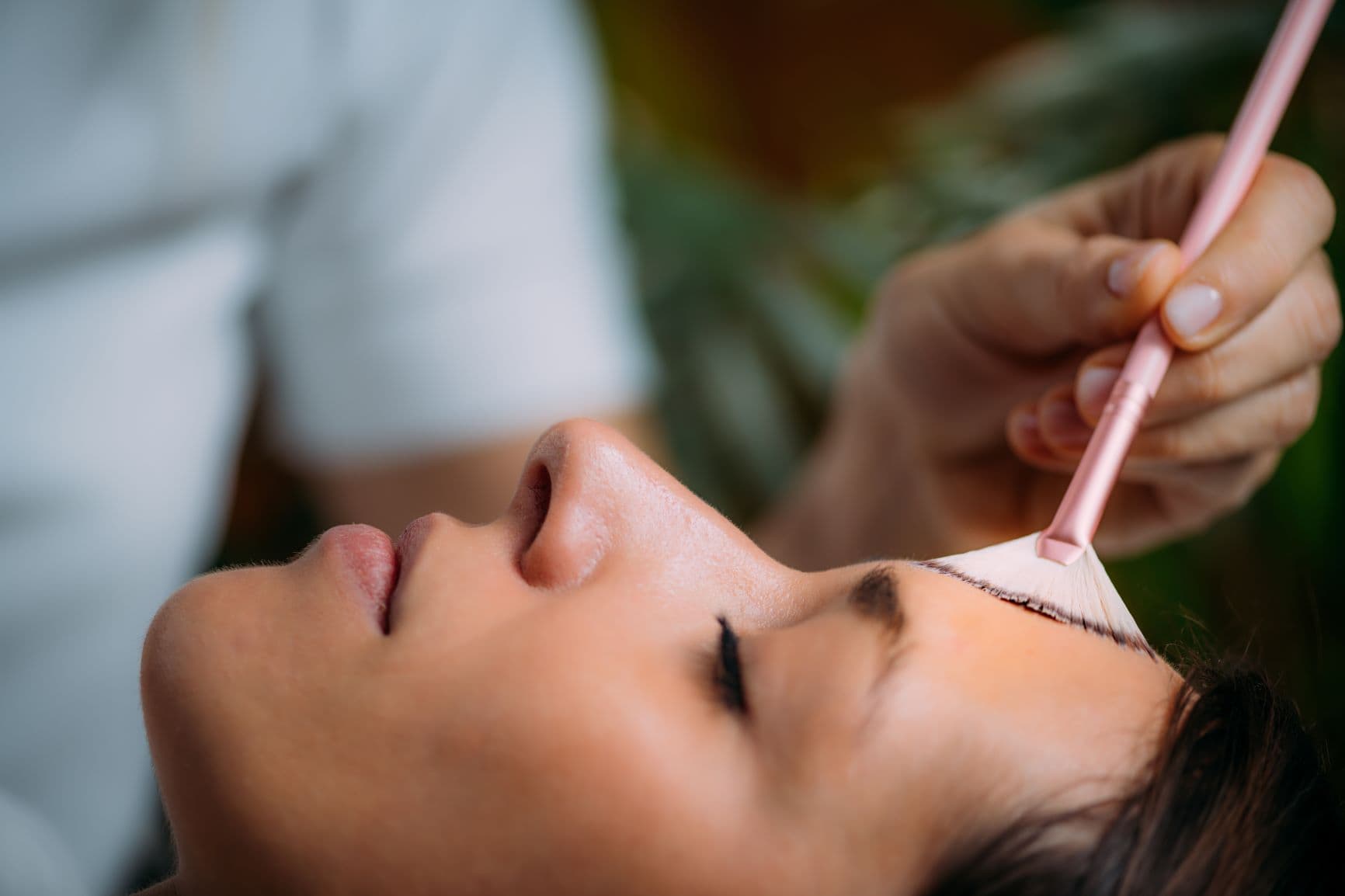Sometimes nature’s elements can wreak havoc on our skin. Home beauty routines can help, but sometimes you may need a little extra.
A chemical peel is a dermatological procedure designed to rejuvenate the appearance of your skin. As a result, wrinkles become less prominent, and your skin reinvigorates its youthful appearance. As your appearance improves, so will your confidence.
Today we will spend some time discussing what a chemical peel is, why you should get one, and lastly, how often you should get a chemical peel.
What Is A Chemical Peel?
Chemical peels have been around for centuries. However, recently there seems to be a resurgence in popularity. There are home chemical peel kits, but it is far better to have your peel professionally done by a skin care professional, as at-home treatments can be either too strong or too weak to get consistent results or avoid skin damage.
Light, Medium, and Deep Peels
A chemical peel removes dead skin cells. As a result, the underlying healthier skin is exposed, presenting a more youthful appearance. A peel can be light, medium, or deep. The types of providers who can safely perform these procedures are dermatologists and medical providers, including plastic surgeons and skin therapists.
Light treatments do not require post-procedure care or recovery time. Plan on two to three weeks of recovery time for medium or deep treatments. Depending upon the extent of the treatment, they usually take up to 90 minutes. You will be sent home with post-procedure instructions, so be sure to follow them.
Other Considerations
Chemical peels can treat your face, hands, or neck. Not only does the appearance of your skin improve, but the feel of your skin as well. Performing the procedure involves applying chemical solutions to the treatment area. These solutions cause the skin to exfoliate and peel off, revealing the new skin beneath.
Consulting with a dermatologist before getting a peel will help you understand if you have an underlying condition that could negatively impact your results or your health. This consultation will also allow you to receive anything you need before the peel, such as antiviral medications, topical retinoid cream, or topical bleach treatments to avoid hyperpigmentation.
A dermatologist can also guide you for sunscreen use, moisturizers, cosmetics, shaving, waxing, and possibly prescribe a sedative for the day of the procedure if you need it.
Why Should You Get A Chemical Peel?
People get chemical peels for many reasons, but ultimately, it improves the way your skin looks and feels. The type of chemical peel you get depends on why you are getting it. Conditions that may prompt a chemical peel include wrinkles and fine lines, acne, acne scars, weathered skin, hyperpigmentation, scars, and uneven skin tone. However, deep scars, wrinkles, or sagging skin are likely not benefiting from a chemical peel.
What Can You Expect During A Chemical Peel?
Generally, chemical peels take place in an office or medspa setting, such as the esthetician’s chair. You don’t need anesthesia but may receive a local anesthetic if your skin is sensitive. If you are getting a deep chemical peel, you may receive a sedative and if so, be sure to have someone available to bring you home from the procedure.
During the procedure, your skin is cleansed and dried. Areas such as your mouth and nose receive protection from any chemicals. Application of the chemicals on the site may be all at once or in small sections. When it is a deep chemical peel, sections may allow a specialist to assess the effects as they go. A neutralizing agent covers the area once the chemicals have dried. During this time, you may experience tingling or slight burning.
What Can You Expect After A Chemical Peel?
After your chemical peel, you should suffer little discomfort. If you experience discomfort, your skin therapist will let you know what over-the-counter medications would be best for your situation. On the day of the procedure, redness, burning, or tingling are common symptoms.
Then, over the next few days, possible dry skin and mild swelling. Finally, there is a chance you will experience mild discoloration, but it is temporary. Soon after, you will start to see youthful, healthy skin appearing.
After three to five days, you will see what the chemical peel is doing. Your skin will begin to peel away. Do not pick or peel it yourself. Let it peel away naturally. Your skin therapist will let you know how long to stay away from cosmetics as well as what skincare you need to incorporate into your current daily regimen.
How Often Should You Get A Chemical Peel?
Light chemical peels are more superficial and for minor skin issues. These peels allow for rapid healing without any downtime. Additionally, you can get a light chemical peel up to once per month.
Medium chemical peels are less superficial with deeper exfoliation. If you are looking for faster results than the light peel, this is a good option. An appropriate schedule for medium chemical peels is one every four to six months.
Deep chemical peels have a longer healing time due to redness and scabbing. These chemical peels have one to two weeks of downtime. This type of chemical peel should no more often than every two or three years.
Are You Ready To Schedule Your Chemical Peel?
That smooth skin you’ve been wanting for so long is just a simple appointment away with Dulce Lash and Skin.
From basic skin care and elegant, beautiful lashes to MedSpa procedures, Alma Soprano laser hair removal and gentle body waxing, Dulce Lash and Skin keeps your skin glowing from head to toe. With five convenient locations in Seattle, Bellevue, and Mercer Island and a full bevvy of skincare services, our highly skilled master aestheticians will guide you through a personalized plan to address all your skincare needs.
Drop us a line for more information or to call and book your appointment today!
